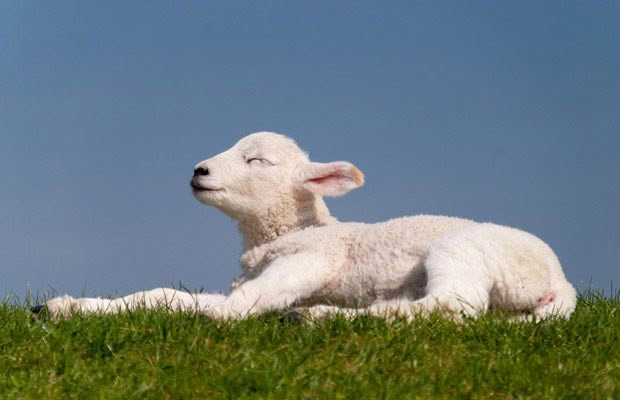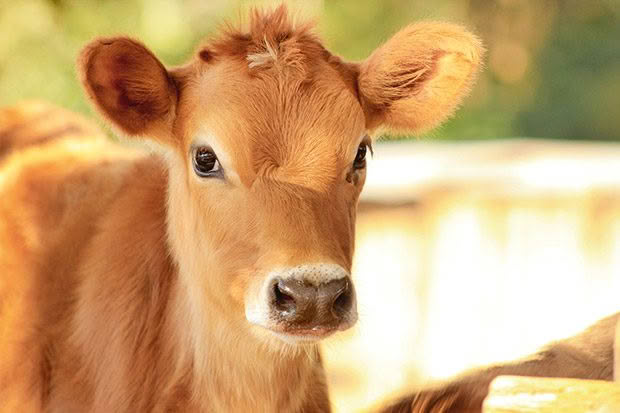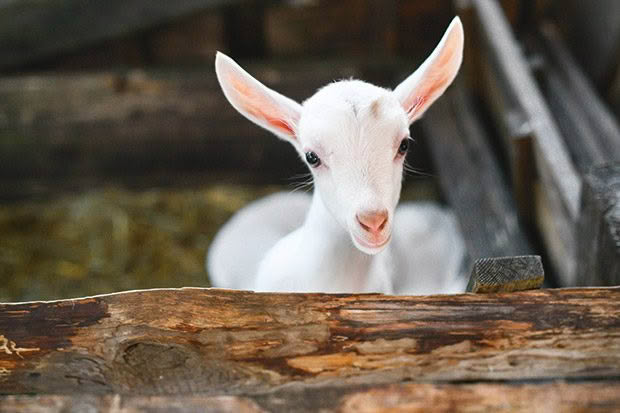10 late-winter tasks for the farm (plus why your livestock need trees)

Keep an eye on the pasture and young livestock as the weather starts to warm up.
Words: Nadene Hall
PASTURE
Test your soil. Knowing its condition is vital whether you use a non-organic or organic fertiliser. If soil quality is low, for example, because you had a long dry spell or drought over summer, pasture plants will find it hard to grow.
Weeds will begin showing up soon. If you’ve been feeding out hay you’ve brought in, either last summer or through winter, it’s likely there will be a bed of weed seeds germinating in the next few weeks. Walk through your pasture every week or so and watch for what’s sprouting so you can start fighting it early.
If you are feeding out hay this month, feed it out in one area in a paddock to limit the spread of weed seeds or possibly toxic plants.
A lot of spring grass may encourage you to consider getting more stock. Think carefully. The ideal stocking rate is approximately 75 percent of what your block can carry in a good year. Leaving leeway makes it easier to adapt if pasture is later affected by drought, or recovering after a hard winter.
LIVESTOCK
If you want to rear calves this spring, it’s best to buy direct from a farmer you know and trust. This way, you can be sure the calves have received four days of colostrum, the relevant vaccinations, and good after-birth care (ie, navel’s sprayed with iodine). Look for strong, healthy-looking calves with clear eyes, a dry navel, and no signs of scouring.

Check with your vet on vaccination options and timings for soon-to-birth cows, sheep, goats, alpaca, and their offspring at weaning.
Check all cattle, including calves, for copper deficiency – your vet will need to test for it. Symptoms include a lighter-coloured coat, anaemia, weight loss, scouring, and poor growth rate. Early-born calves may be suffering if their mothers are too.
Talk to your vet about possible supplementation of iodine and selenium for sheep. Symptoms of iodine-deficiency include a high death rate in newborn lambs. Selenium-deficient soil is relatively common in NZ. Symptoms in adults include ill thrift, diarrhoea, low milk production, low conception rates, white muscle disease. Selenium can be toxic if you dose when it’s not required, so check with a vet first.

Twin or triplet lambs should be checked morning and night to make sure they are getting enough feed. A hollow-looking belly means you will need to bottle-feed extra milk.
Lactating livestock will be drinking a lot more water than usual. Water and troughs need to be clean and easily available. Place boards or mesh over the top of troughs, leaving a small area open for drinking, to prevent lambs accidentally falling in and drowning.
7 REASONS WHY LIVESTOCK NEED TREES
Keeping grazing livestock at a comfortable temperature makes good sense for both animal welfare and productivity. It means:
1. Better food conversion efficiency and increased growth rates – more shelter means less energy spent keeping cool or warm;
2. Better survival chances for young lambs and calves;
3. Reduced stress on vulnerable animals, such as heavily pregnant ewes and cows, or sheep post-shearing;
4. Better pasture growth and utilisation – warmer temperatures encourage growth, and animals will graze more evenly over widely sheltered areas;
5. Reduced drying of pastures decreases moisture loss;
6. Better reproductive performance – rams and bulls, especially lowland breeds will perform better in more sheltered environments;
7. Shade decreases the risk of heat exhaustion and sunburn.
Source: Beef & Lamb NZ
MORE HERE
Love this story? Subscribe now!
 This article first appeared in NZ Lifestyle Block Magazine.
This article first appeared in NZ Lifestyle Block Magazine.
